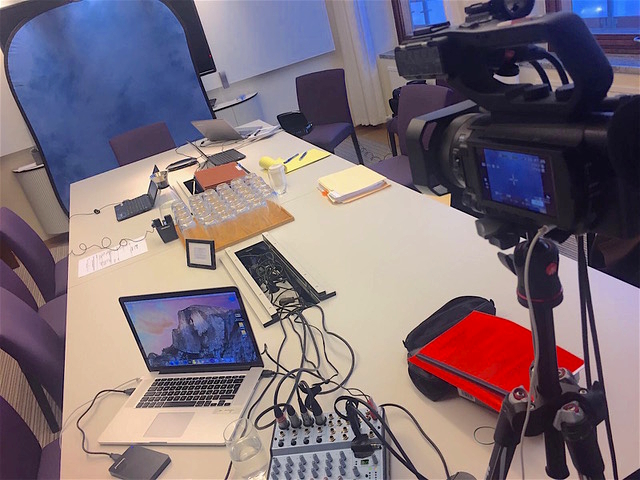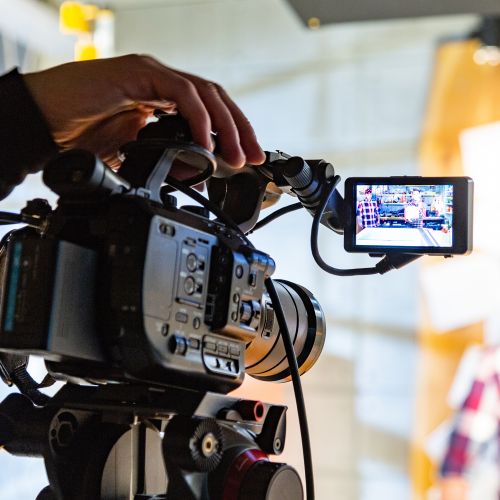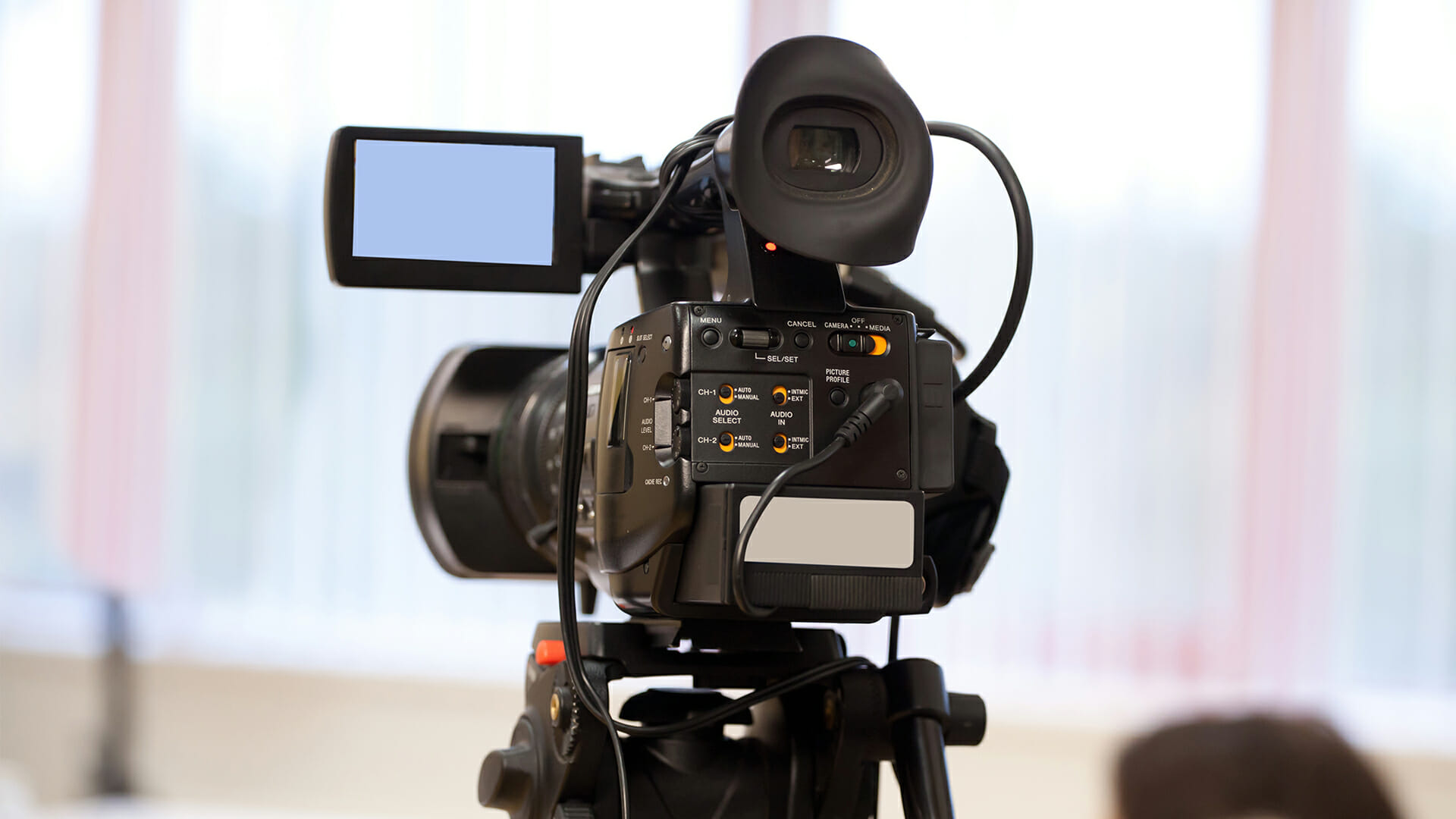Exploring the Purpose and Influence of Legal Videography in the Lawful Field
Legal videography has actually ended up being an essential tool in the legal area, changing the method evidence is presented and preserved. From catching witness testaments to documenting crime scenes, the influence of lawful videography is undeniable. Nonetheless, beyond its surface-level applications exists a much deeper expedition of the objective and ramifications of integrating video modern technology into lawful procedures. As we browse via the complex web of policies and ethical factors to consider bordering legal videography, a clearer image arises of its possible to shape the future of the legal landscape.
History of Legal Videography
The evolution of legal videography can be traced back to the early days of court modern technology combination. As courts started to recognize the worth of visual evidence discussion, using videography in legal process acquired traction. In the 1980s, the introduction of analog video clip cameras noted a significant landmark in the background of lawful videography. These electronic cameras enabled the recording of depositions, witness testimonies, and courtroom proceedings, supplying a visual record that matched standard created records.
With the advancement of innovation, the shift from analog to digital video recording further transformed the field of legal videography. Digital cams offered greater quality recordings, simpler editing and enhancing abilities, and boosted storage choices. This shift not only improved the clarity and accuracy of visual evidence however also structured the discussion of complex information in courts.
Today, lawful videography plays an essential function in the lawful field, offering lawyers a powerful tool for offering evidence, catching testimonies, and creating compelling visual narratives to sustain their cases. The advancement of lawful videography proceeds to shape the means legal professionals come close to litigation and campaigning for.
Advantages of Legal Videography

Furthermore, legal videography permits for the conservation of witness testimony in a powerful and genuine manner. By capturing the attitude and attitude of witnesses during their testaments, attorneys can better analyze the integrity of their statements and possibly uncover incongruities or fallacies. This can be specifically valuable during cross-examination and in providing evidence to support or shoot down crucial debates in a situation.
Moreover, legal videography uses the advantage of producing an irreversible record that can be taken another look at and evaluated at any moment. Attorneys can evaluate video click to find out more footage to identify essential details, prepare for upcoming court process, or enhance their strategies for test. This capability to revisit and study aesthetic proof can provide attorneys with a calculated advantage in building a robust situation.
Methods for Effective Lawful Videography
Including effective techniques in lawful videography is crucial for making the most of the effect of visual proof and strengthening the reliability of witness statements in lawful process. Furthermore, using top quality audio devices is vital to record sound accurately, guaranteeing that all verbal communication is recorded definitely. Framing plays a key function in legal videography; it is important to mount shots correctly to concentrate on the appropriate elements while lessening diversions.
Legal Videography in Court Setups

In court room settings, legal videographers must stick to strict standards to maintain the stability of the legal procedure. They need to be discreet to prevent interrupting process while additionally being alert in catching important details. The video recorded by lawful videographers functions as a valuable resource for legal representatives, juries, and courts, providing a visual record that can be referenced during situation prep work, appeals, or reviews.

Moral Factors To Consider in Legal Videography
Values serve as a foundational framework guiding the technique of legal videography, ensuring stability and impartiality in catching and protecting legal proceedings. One essential ethical factor to consider is getting informed permission from all celebrations included before videotaping any kind of lawful procedures.
Privacy is an additional vital ethical factor to consider in legal videography - LEGAL VIDEOGRAPHY. Videographers must take care of all recorded other video footage with the utmost like shield sensitive information and maintain the personal privacy civil liberties of those entailed in the lawful process. Additionally, preserving objectivity and neutrality during the recording procedure is essential to avoid bias and ensure an accurate representation of the events
Final Thought
To conclude, legal videography has actually ended up being an important device in the lawful field, providing an aesthetic document of events and improving the discussion of proof in court rooms. By catching demonstrations, statements, and scenes, legal videographers play an important function in ensuring a reasonable and transparent legal process. With correct methods and ethical considerations, lawful videography proceeds to have a considerable influence on the legal profession, shaping the way details is recorded and provided in legal process.
Lawful videography has come to be an indispensable tool in the legal field, revolutionizing the method proof is offered and protected.Incorporating effective methods in lawful videography is crucial for maximizing the impact of aesthetic evidence and reinforcing the reliability of witness statements in lawful proceedings.Values offer as a foundational framework assisting the technique of legal videography, making sure honesty and impartiality in capturing and protecting legal procedures.In verdict, lawful videography has become a necessary device in the lawful area, giving an aesthetic document of occasions and boosting the discussion of evidence in courts. With correct strategies and ethical considerations, lawful videography proceeds to have a considerable impact on the lawful career, shaping the way information is caught and provided in legal process.
Comments on “Legal Videography: How to Enhance Courtroom Discussions”